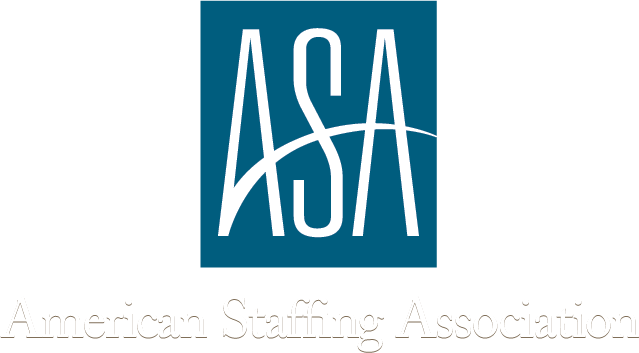Most organizations view creating and maintaining a safe work environment as a priority. Additionally, based on Occupational Health and Safety laws and regulations, companies are formally required to do so, and the ramifications associated with falling short can be severe.
Ultimately, workforce safety is often a two-fold endeavor. First, companies have to institute practices designed to eliminate hazards and address risks. Second, they need to foster a safety-oriented culture, ensuring safety is a top priority for management and employees alike.
In many cases, creating a safe work environment for your employees isn’t as challenging as it may seem on the surface. However, if you aren’t sure where to begin, here are some best practices that can guide the way.
Review All Relevant Laws and Regulations
While some workplace safety laws and regulations apply to essentially every company, others are industry-specific. Spend time reviewing all relevant mandates that apply to your organization, including those enacted at the federal, state, and municipal level. Often, they contain guidelines and required steps that can serve as an initial framework. Plus, by ensuring you meet those requirements, your organization remains compliant, which can allow you to avoid specific hardships relating to failure to follow the law.
Identify and Address Potential Hazards
Reviewing relevant laws and regulations can serve as a solid starting point. However, it’s also critical to scrutinize your workplace, allowing you to identify potential hazards that need addressing. Additionally, continuous safety reviews can help you ascertain any compliance issues or training needs within your organization, ensuring everyone is doing their part.
This process may vary depending on the nature of your organization. At a minimum, it should include examining any equipment and ensuring required safety guards, stops, or similar technologies are in place. Additionally, enforcing PPE requirements and posting signage regarding safe lifting, machine operation, and chemical use is a must.
It’s also wise to outline procedures for handling unexpected events. For instance, having a set process for addressing spills – allowing you to reduce the chances of slips, trips, and falls – and lock-out/tag-out requirements give employees directions they can follow. Similarly, outlining a reporting procedure that ensures employees can alert managers or safety personnel about risks they encounter is wise, allowing everyone to take part.
Provide the Right Tools for the Job
Expecting employees to improvise can be hazardous in the workplace. When they’re forced to use equipment in ways it wasn’t designed for, the risk of injury is often far higher than if the right tool was provided.
Additionally, having the proper tools available increases efficiency and productivity. Plus, it shows that the company is willing to invest in the well-being of its workforce, which can lead to a more positive culture.
Make Safety Part of Common Conversations
A critical step for any company that wants to create a safety-oriented workplace culture is to ensure that safety is a common part of conversations. Creating a safety committee that discusses issues and solutions, allowing them to provide guidance to the broader workforce, is a simple way to start.
However, you may also want to explore other avenues for keeping safety part of the equation. For example, starting every team meeting with a relevant safety tip – and asking employees for their insights – can make talking about safety seem like the norm, which may make it easier for workers to bring up concerns when they arise.
Get in Touch with Us Today
Ultimately, providing a safe work environment is crucial for any company. If you’d like to learn more about how you can support your workforce or need to expand your team and want safety-conscious candidates, the team at Selectek wants to hear from you. Contact us today.


